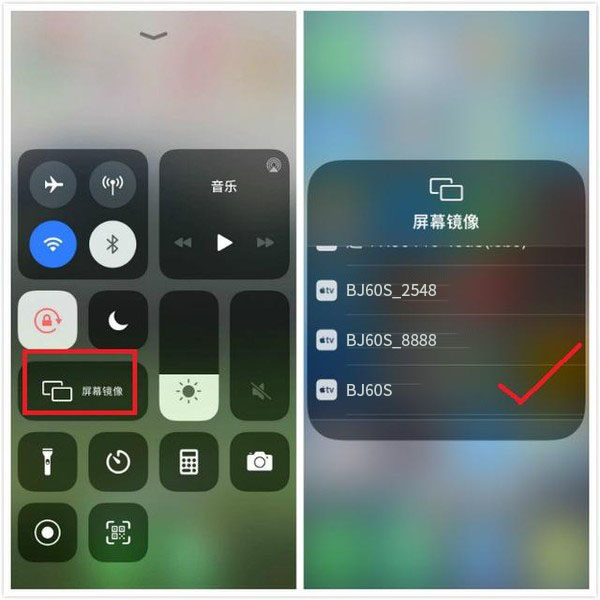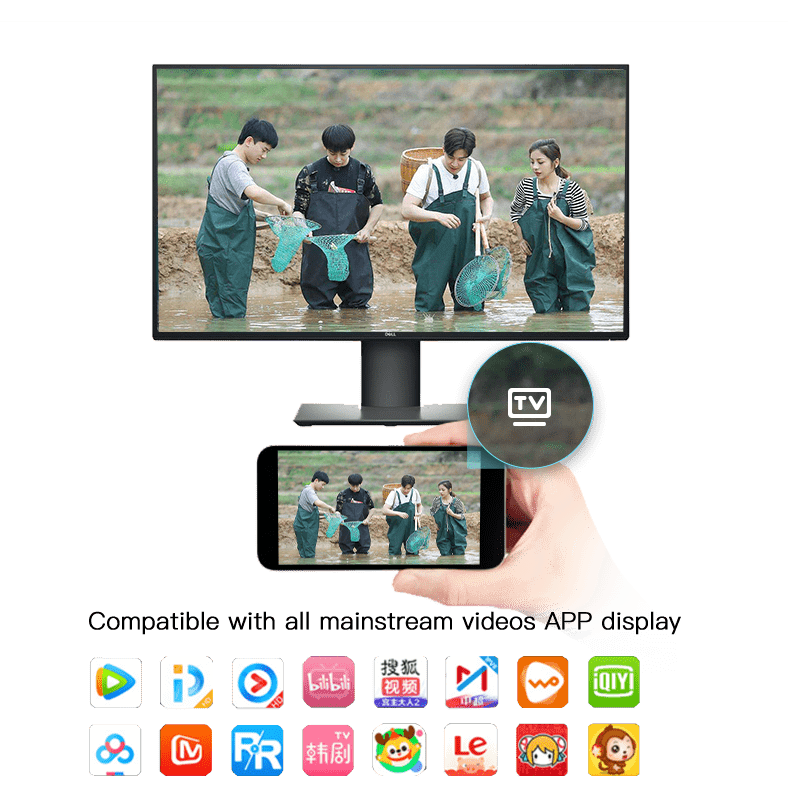Screen casting – What is screen casting? What are the types of screen projection?

What does screen mirroring mean
The meaning of screen mirroring is to synchronize the videos played on smart devices such as smartphones, tablets, and computers to another device for playback and viewing through screen mirroring.
Simply put, it is a technology for displaying small screen images on large screen devices.
Technically speaking, it is a wireless screen projection technology that spans networks, terminals, and systems between mobile devices and large screens, including wireless interconnectivity between mobile phones, computers, televisions, and smart devices (using local area networks).
Currently, the most widely used method is “mobile TV projection”. Because the software and resources that come with smart TVs are not as abundant as those of smartphones, many people use screen projection technology to project the content of their phones onto the TV.
Projection category
Screen casting can be mainly divided into two categories: ① wireless screen casting; ② Wired screen projection
Among them, there are more groups using wireless screen projection, which are further subdivided according to different operations.
1. Wireless screen projection
Mainstream smartphones (including Apple and Android) all have screen mirroring function, which can be enabled when the phone and TV are connected to the same network. This function is usually set in the shortcut menu bar of the phone, which can be seen by pulling down from the top right corner of the phone interface.
Apple phones are “screen mirroring”, while Huawei phones are “screen mirroring”

1) Projection software
Additionally, when this method is unable to connect, the power of screen projection software can be utilized. There are many screen projection software in the current TV app store.

When both the mobile phone and TV have downloaded the Bijie projection screen and are in the same network environment, they can be connected. The advantage of using screen projection software is that it can be used on multiple devices, such as a computer for TV projection.
In fact, this method is more appropriate to call it “same screen” because it synchronously displays the screen of the phone on the TV (when the phone performs any operation, it will be displayed on the TV). The phone must remain constantly on, otherwise the connection will be interrupted. So it is more suitable for PPT presentations in business meetings.
2) Multimedia Collaboration System

Nowadays, many enterprises and universities have carried out the transformation of intelligent office and smart classrooms, and wireless conferencing and multi screen interaction have gradually become essential functions. This requires a professional screen projection tool – Bijie wireless screen projection terminal. The Bijie Multimedia Collaboration System supports multiple screen mirroring protocols such as Miracast, AirPlay, WiDi, Googlecast, HUAWEIcast+, and can be used for screen mirroring without downloading software. Simultaneously equipped with various practical functions such as BYOM, information dissemination, weak network confrontation, screen mirroring and reverse control, RTSP recording and playback, and mirroring on the same screen.
3) Video software screen projection
Most mobile video apps support screen mirroring (such as iQiyi, Tencent Video, Youku, etc.), and you can see any video when you open it. It is usually set in the upper right corner of the interface. When the mobile phone and TV are connected to the same local area network, clicking on the TV projection function on the mobile phone can search for the TV device and connect it.

This screen casting method is only for casting TV series, but the advantage is that after successful screen casting, the phone can perform other operations, such as chatting on WeChat and playing games. It will not affect the screen projection content and also supports automatic playback of the next episode.
2. Wired screen projection
Compared to wireless projection, the advantage of wired projection is reduced latency, but the exposure of wires can also cause interference to the environment. At present, only some projectors support data cable projection, which is suitable for people who are not satisfied with small screen games.